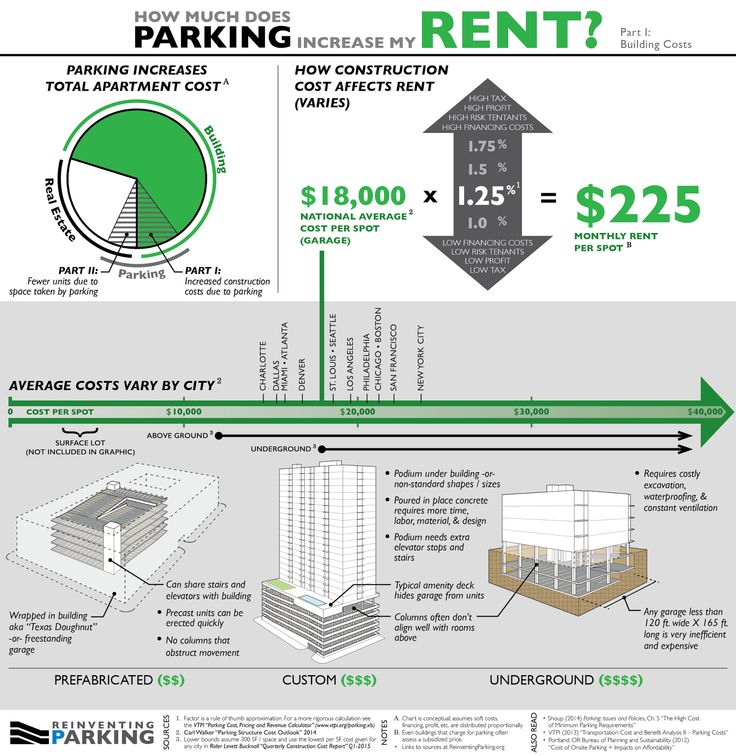Are you looking to remove the studs from your winter tires to drive on them in the summer? It’s a quick and relatively inexpensive job at any tire shop, but you can take out the studs at home and save some money.
We’ll walk you through all you need to know about how to remove studs from tires, including the tools you’ll need for the job. Once you’ve done it, you’ll be relieved you didn’t spend money on getting your studs removed by a professional.
Here’s how to take out studs from your tires. It should take an hour or two. The total time you’ll spend depends on how tight the studs are and your experience with removing wheels and putting them back.
Car shops use a specific stud removal tool to take studs out with the least amount of force possible and without damaging the tire. If this is not something you’ll need in the future, though, save a little money and use a tool you already have around the house.
You can use either a small flathead screwdriver or needle-nose pliers. If you don’t have either of these, you can use a small knife, but you must be extra careful not to puncture the tires. It’s safer for first-timers to use a tool like pliers that lift the studs instead of digging them out.
Some people choose to work on their tires while they’re still on the car, but it makes the process unnecessarily complicated. It can also be more dangerous, and you would need to move the vehicle to reach the entire tire.
Taking off the wheel will give you more room to work and allow you a better grip on the studs. Use a jack to keep your car supported. Using a lug wrench, remove the wheel and support it on the ground.
Many people find the best position is to keep the wheel upright between their legs.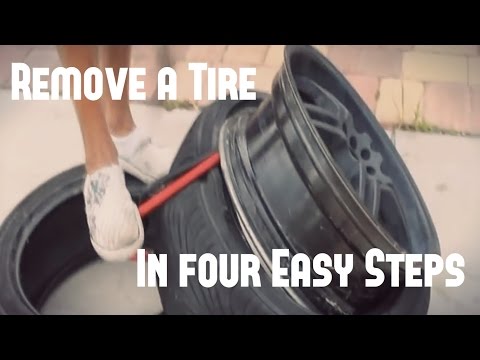 This way, you’ll have plenty of room, and you’ll be able to use your upper body strength.
This way, you’ll have plenty of room, and you’ll be able to use your upper body strength.
Putting some lubricant in the studs helps you loosen the rubber and get the tire studs out with less effort. You don’t need to buy anything at a store; a spray of soapy water on your tires will do, or apply some dish soap directly onto the tire, undiluted.
Avoid greasy lubricants and WD-40 since they can make your tires slippery on the road and put you in danger. They can stick to the rubber, making it hard to wash these chemicals out. These types of lubricants can also deteriorate the rubber of the tire over time.
Apply some lubricant directly on the tire and grab your tool of choice. This is how to proceed to take out the studs, depending on which option you’ve picked:
With pliers, grab the stud by the tip and lift it. A narrow pair of electrical pliers will be ideal for this job.
It’s possible that the stud won’t come out easily because the bottom is embedded inside the tread.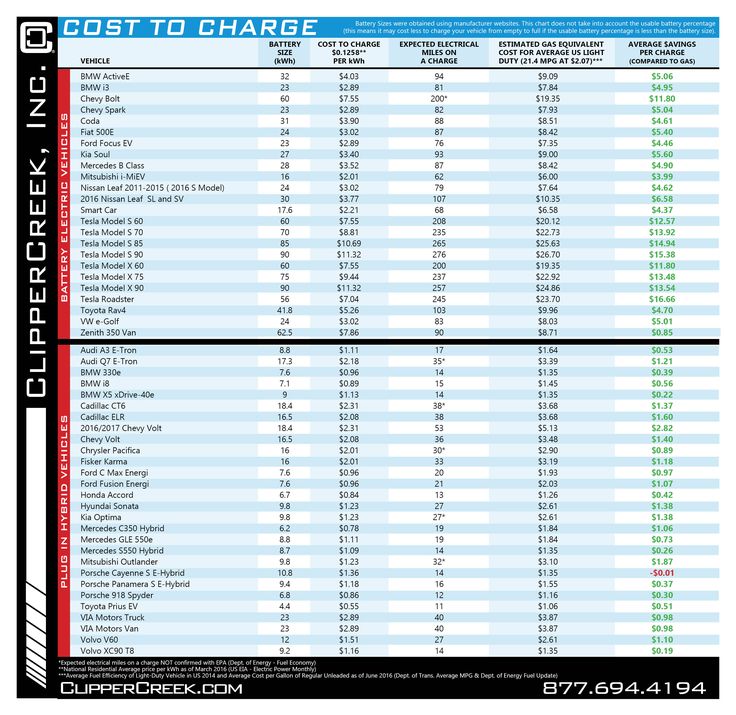 In that case, you can try pushing the stud down before pulling, and twisting gently to loosen it up.
In that case, you can try pushing the stud down before pulling, and twisting gently to loosen it up.
A stud removal tool has a round tip designed to go around the stud to lift it off. To use it, you only need to place it on the tire and drive the tool gently under the stud. Then, twist it slightly and push to the side to pop the stud off.
Note that the studs are often surprisingly deep inside the rubber, especially on massive SUV and all-terrain tires. You must insert the tool quite deep while being careful not to harm the tread too much.
If you’re working with a screwdriver or small knife, insert the tip alongside the side of the stud until you get to the bottom. You should notice when you reach the edge of the stud. Then, turn the tool to a 45-degree angle to get it under the edge. Lift it carefully to pop the stud out.
This technique may take a bit of practice, but you’ll get it after a few tries.
Go around the tire before you put the wheel back on the car. Ensure there are no punctures or other damage to it, and that the air pressure is normal.
If you suspect punctures in the tire, you can check it. Spray some more of that soapy water you used as a lubricant directly on the tread. Apply some pressure and see if any bubbles are forming on the surface.
This check is harder to perform on truck and SUV tires because their tread blocks are deeper. In these cases, you also have the option to submerge the wheel in water as a simple way to test if any air comes out.
It’s time to put the wheel back on, move on to the next one and repeat the process. When you’ve finished, remember to secure the lug nuts properly.
You shouldn’t drive with studded tires in the summer.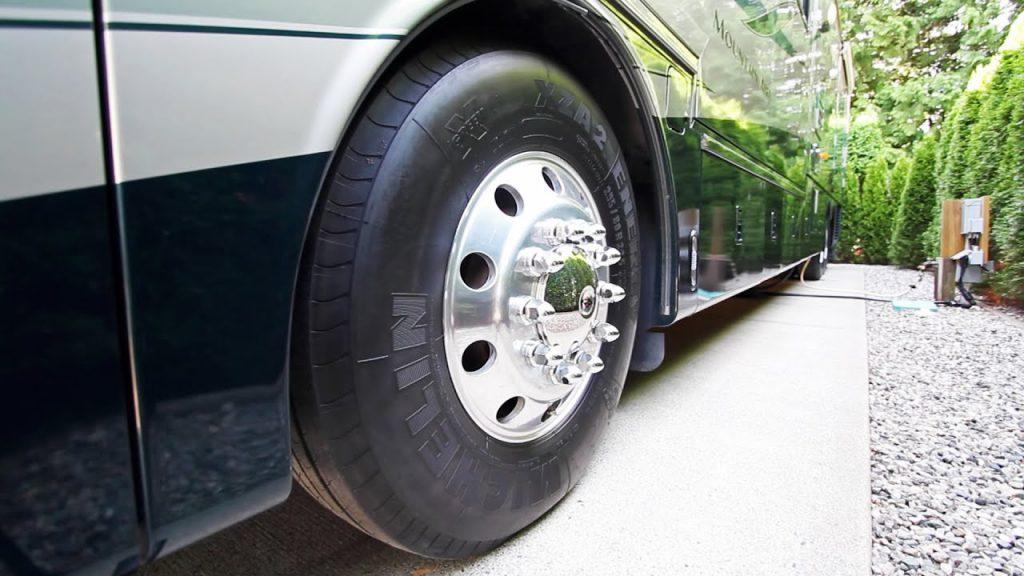 While they give you traction and improved grip on snow and ice, they’re not ideal for when the weather gets warmer.
While they give you traction and improved grip on snow and ice, they’re not ideal for when the weather gets warmer.
The rubber on winter tires is softer and maintains its elasticity even in low temperatures. They are too soft for the summer, though, and the tread will wear out faster when it’s warm.
Manufacturers design winter tires, studded or not, with large tread blocks for traction with sipes to keep them flexible. They also have deep channels to help water flow out. This makes them better for those rough conditions when you need extra grip.
Studded tires are noisy on the road, and using them all year round will impact your fuel-efficiency.
Also, the studs eat through the roads. This is why some states will not allow studded tires on their roads during the summer, or at all. Before you travel to a different state in your car, make sure its laws accept your tires on its highways.
Removing studs from tires is one of the cheaper things to get done at a tire shop because it’s such a straightforward process. It shouldn’t cost you much more than $30 to $40 for an entire set of tires.
It shouldn’t cost you much more than $30 to $40 for an entire set of tires.
No, you should never try to replace the studs on a studded tire. It’s also best to get only new tires studded to ensure their safety. The studs will adhere to the tire best when the rubber is fresh, and there’s no debris on it.
Tires lose air pressure when the temperature drops in the winter because air packs into a smaller space when it cools down. It doesn’t mean your tires are losing air and is usually nothing to worry about, but you may want to pump some more air into the tires in the winter.
Depending on the specific conditions you’re driving in, the studs on your tires should last about 20,000 to 30,000 miles. Top tire brands may have studded tires that last double this time. When the studs are worn, check the tread to make sure it’s still deep enough to be safe to drive on after removing the studs.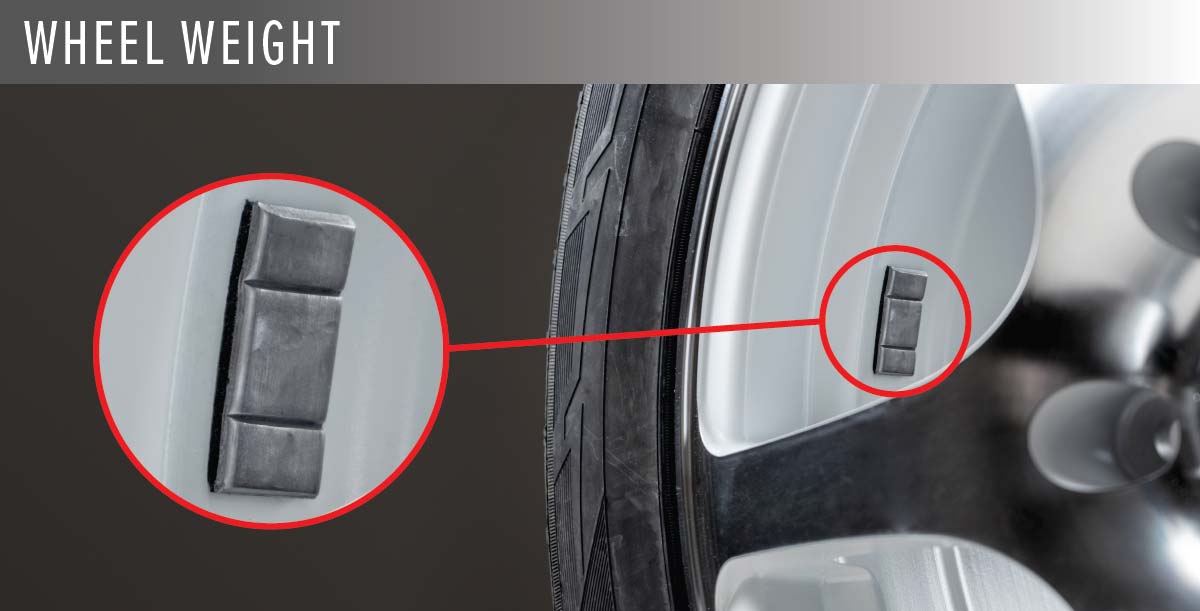
Yes, studded snow tires result in fewer miles out of a full tank. This is why, if you live in a state with winter weather, having two sets of wheels is actually a money-saving option. You’ll get more out of your gas and your tires by using the weather-appropriate set for each season.
Usually, a studded snow tire will have around 60 to 120 studs. They’re placed in two rows along the shoulder blocks of the tire. The exact amount of studs depends on the tire manufacturer and model, so you’ll have to check your tires to know exactly how much work is waiting for you.
Yes, it is fine to remove studs from tires to use them in warmer weather. However, don’t try to restud them or use the tire when the tread is too worn.
So, you’re all set to go to work and get those snow tires ready for summer roads. Grab a stud removal tool, some pliers or a screwdriver, and don’t forget to use some soap as a lubricant to loosen up your tire studs.
Grab a stud removal tool, some pliers or a screwdriver, and don’t forget to use some soap as a lubricant to loosen up your tire studs.
Learning how to remove studs from tires is relatively easy and doesn’t take much time. You’ll get the hang of it after your first couple of studs.
Remember that you should only stud new tires, and that it’s not safe to stud your tires again after removing the studs.
I noticed that the wheel studs on my tires are rusty. However, I’m trying to cut costs and do the replacement myself. What is the average cost to replace the wheel studs on my car?
Annette Maxon · Answered on Apr 27, 2022
Reviewed by Shannon Martin, Licensed Insurance Agent.
Sorry to hear that you found a rusty wheel stud!
On average, new wheel lug studs cost $4 to $12. This cost does not include labor (which would likely set you back *$61 to $77).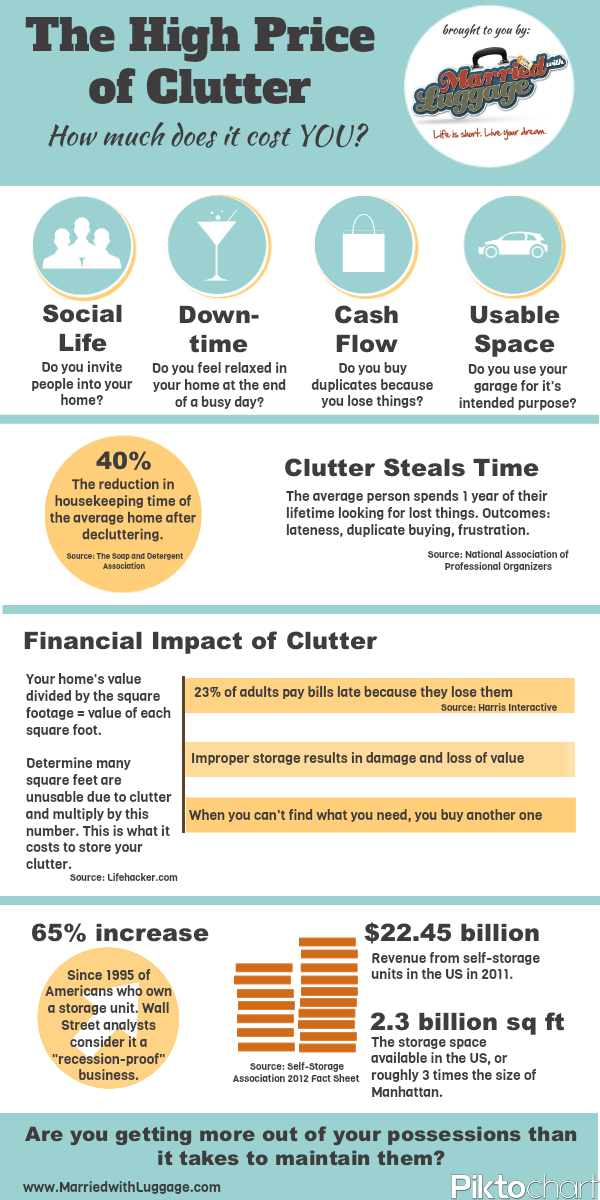
If only one stud is missing or damaged, you can drive it safely when traveling a short distance to a repair shop or auto parts dealer. But for the most part, it’s best to keep your car parked until the replacement has been made.
While you’ll have to spend a bit to get this part replaced, you can cut costs elsewhere by looking over your car insurance policy.
That’s what Jerry is here for—a licensed broker that offers end-to-end support, this super app gathers affordable quotes, helps you switch plans, and can even help you cancel your old policy!
MORE: 11 car insurance hacks to save you money
Car MaintenanceCar Tires
WHY YOU CAN TRUST JERRY
Jerry partners with more than 50 insurance companies, but our content is independently researched, written, and fact-checked by our team of editors and agents. We aren’t paid for reviews or other content.
Browse More Content
Radiator Flush
Oxygen Sensor Replacement Cost
Intake Manifold Runner Control Replacement
What To Do If Your Fog or Driving Lights Are Not Working
High Engine Idle Speed Inspection
Lexus Nx 300 Insurance Cost
Ford Escape Titanium Insurance Cost
Jeep Patriot Sport Insurance Cost
Geo Prizm Lsi Insurance Cost
Volkswagen New Beetle Gls Insurance Cost
Cheap Car Insurance in Nevada
Cheap Car Insurance in Michigan
Cheap Car Insurance in Rhode Island
Cheap Car Insurance in South Carolina
Cheap Car Insurance in New York
I love the Dodge Challenger and I found a gorgeous 2012 model online for what seems to be a reasonable price. How much does a 2012 Challenger usually go for?
How much does a 2012 Challenger usually go for?
Andrea Barrett
Apr 27, 2022
It’s been a while since I’ve gotten a new car, so it’s my first time using a key fob. I’m worried that something is up with its battery, so I want to open it up and look inside. Can you tell me how to open a Dodge key fob?
Natalie Todoroff
Apr 27, 2022
I bought a used car with a bunch of bumper stickers that, to sum it up shortly, don’t really suit me. Will Goo Gone hurt car paint if I try using it to remove these bumper stickers?
Melanie Mergen
Apr 27, 2022
Browse All Questions
Make your drive to Maryland a painless one by mapping your route, planning for traffic, and learning about some of the state’s road laws.
Zachary Morgan
Apr 26, 2022
From top 40 hits to talk radio, we’ve got all the info regarding the very best radio stations in Wausau.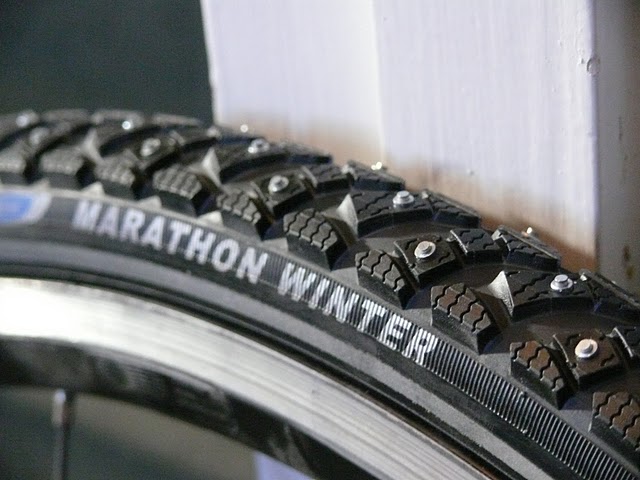
Zachary Morgan
Apr 26, 2022
Total Fire Protection offers a wide range of services including 24/7 emergency service, fire training, and systems installation, repairs, and maintenance.
Zachary Morgan
Apr 26, 2022
Elephant Insurance
Land Rover
New drivers
Ferrari
Infiniti
Foreign
Renter insurance
Jaguar
Veterans
Holidays
Alabama
Pennsylvania
Umbrella Insurance
Bentley
Volkswagen
Cancellation Policy
Lamborghini
Oregon
Maryland
Hawaii
Subrogation
Gross Vehicle Weight Rating
Movies
Hummer
No long forms
No spam or unwanted phone calls
Quotes from top insurance companies
Find insurance savings — it's 100% free
Car Insurance
Cheap Car Insurance
Car Insurance Quotes Online
Types of Insurance
Toyota
Hyundai
Mercedes-Benz
Subaru
Chevrolet
Mitsubishi
ALAKAZARCACOCTDEFLGAHIIDILINIAKSKYLAMEMDMAMIMNMSMOMTNENVNHNJNMNYNCNDOHOKORPARISCSDTNTXUTVTVAWAWVWIWY
A large number of car enthusiasts like to save on spare parts for their car. This is especially clear among Russian motorists. Recently, cases of intentional damage to winter sets of rubber have become more frequent, namely, depriving them of spikes. What is it for? To prevent drivers from buying a new kit for the summer season.
This is especially clear among Russian motorists. Recently, cases of intentional damage to winter sets of rubber have become more frequent, namely, depriving them of spikes. What is it for? To prevent drivers from buying a new kit for the summer season.
Therefore, you have to go to extreme measures and pull out the spikes yourself. Such an operation already has several ways to implement it. Let's take a closer look at each of them.
Contents
As they say, the first pancake always comes out lumpy. One of the very first ways to remove the spikes from their tires is with a screwdriver. This is done quite simply - we hook the spike by the upper part and make a sharp upward movement with the brush.
One such movement may not be enough, so the procedure must be carried out until the spike is removed. This is the worst way to extract spikes, as it is inefficient and traumatic.
Using this method, drivers will easily rub themselves huge blisters even at the stage of pulling out the third or fifth stud, and as you know, one tire contains about 80-100 studs. In other words, while the driver picks the tires with a screwdriver, a huge amount of time will pass, and at best 50 spikes will be removed in the end.
This type of studding is dangerous for the general condition of the tires, since it is likely to damage the rubber. When pulling out the spikes with a screwdriver, you must use the tool very carefully, and after the operation is completed and all the spikes are removed, you will need to check the tires for holes.
This is easy to do - just put the tires in water and see if there are any bubbles. If they go, then the tire is damaged and the air pressure in it will gradually decrease during movement.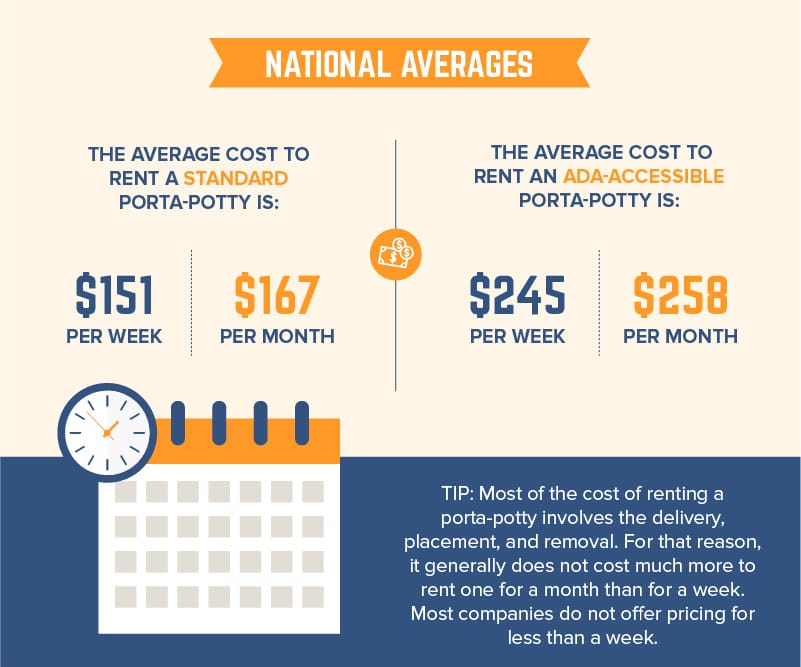 Otherwise the tires will be usable.
Otherwise the tires will be usable.
This method, unlike the previous one, is the most reliable and safe, but at the same time unprofitable financially. This is the only paid way to extract spikes from all possible ones.
Car service specialists have special equipment for removing studs. If you look at the rubber studding technology, you can see that the craftsmen use a special gun. A spike is inserted into this pistol, it is directed to a certain place where it will be inserted, the handle is pressed, and the spike is in place.
Reverse action tool available for pinning. But for this, it is first necessary to prepare the place where the spike is located, to expand the hole into which it is inserted. After that, you can already engage in its extraction.
If you use the help of third-party car repair shops and tire fitting companies, you can guarantee yourself complete safety when driving, since the tools used in such companies a priori cannot damage rubber. In the same place, the mechanics will immediately balance the wheels, which will be very appropriate after the wheel destudding operation.
In the same place, the mechanics will immediately balance the wheels, which will be very appropriate after the wheel destudding operation.
But the only stumbling block here is the financial side of the issue. Such a procedure is not so expensive, but who wants to spend money on something that can be done with your own hands?
It's hard to believe, but many drivers use this method to unclip winter tires. The effectiveness of this method is average - with sudden braking and making sharp turns, the spikes really fly out of their mounts on their own.
To do this, it is enough to skillfully use the high-speed mode and choose the right trajectories of movement. However, this method also poses a danger to the quality of the rubber, since along with the studs that have flown out, a serious level of rubber wear can also be obtained.
Many drivers try to keep the quality of tires as high as possible, but with this method of de-studding it is virtually impossible. In order to remove the spike from the surface of the tire, it takes quite a lot of time, during which you need to go a long distance. In the end, this will also hit your wallet, because you have to spend money on gas.
In order to remove the spike from the surface of the tire, it takes quite a lot of time, during which you need to go a long distance. In the end, this will also hit your wallet, because you have to spend money on gas.
Plus, when using this method, it is impossible to guarantee the complete removal of studs - in any case, there will be several dozen of them on all four wheels, which then will have to be removed also manually. Therefore, we do not recommend using this method, as well as the first one.
Studs installed in winter tires usually look like thick and short nails with a flat bottom and a flat head. They also have a tungsten pin on top. They are inserted with a flat head down, exactly into those holes that were distributed on the tread surface in advance during the manufacture of the tire itself.
Appearance of the spikes
How does the insertion take place? The extended fingers of the pneumatic action gun are inserted into pre-prepared holes, then they insert the studs into them and are removed. Such actions allow the tread rubber to return to its original state, as well as shrink around the stud cavity. In this process, the spike is securely held in the surface of the rubber. Recall that, depending on the tread pattern and tire size, each of them contains about 70-100 spikes.
Such actions allow the tread rubber to return to its original state, as well as shrink around the stud cavity. In this process, the spike is securely held in the surface of the rubber. Recall that, depending on the tread pattern and tire size, each of them contains about 70-100 spikes.
In order to remove the studs in the fastest and most effective way, you will need the most common pliers and a special lubricant that was previously used when fastening tires.
The principle of operation for such an operation is as follows - it is necessary to lubricate the studs with this lubricant, while the tires are well inflated before reaching the optimum pressure, then it is necessary to grab the stud with pliers by the upper surface and pull it up. In this case, it is imperative to ensure that the spike comes out of the rubber surface straight up, otherwise damage to the rubber may occur during operation.
Lubrication is required to ensure that the stud slides well when it is removed from the hole. During de-studding, it is also necessary to pay attention to what is the residual depth of the tread. If this value is slightly more than 5 millimeters, then such an operation is the most optimal measure for the removal of spikes. In this case, you can guarantee that the de-studding will be done quickly and with the highest quality.
During de-studding, it is also necessary to pay attention to what is the residual depth of the tread. If this value is slightly more than 5 millimeters, then such an operation is the most optimal measure for the removal of spikes. In this case, you can guarantee that the de-studding will be done quickly and with the highest quality.
If the residual tread depth is less than 5.5 millimeters, then such an operation also takes place, but it must be done with extreme caution.
Before you start removing the studs from winter tires, it is best to watch videos containing a detailed description of this process, and these videos will describe exactly the last method of removing studs from winter tires.
On these videos, the masters clearly show the removal technique, they also advise the best lubricant for processing spikes.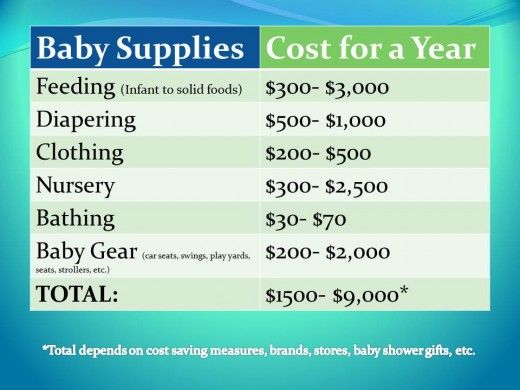 Also, if possible, it is better to use the video directly during deshipping. Thus, you can most accurately understand this process and repeat all the necessary manipulations.
Also, if possible, it is better to use the video directly during deshipping. Thus, you can most accurately understand this process and repeat all the necessary manipulations.
First of all, pay attention to how exactly the tenon is captured, since this is the most important element when de-pinning. Remember also that you should not overdo it with lubrication, otherwise it may make it difficult to pull out the spikes. Try to do everything exactly as the mechanics in the video do it - and then you can guarantee success in the planned operation!
Ultimately, I would like to summarize the following - in order to make summer tires out of winter tires, you need to have pliers and grease on hand. You can also use gadgets to view a saw while working, which will describe in detail the technique for removing studs from winter tires.
When carrying out such work, pay attention to the fact that the rubber is not damaged, otherwise it can be completely damaged in this way. If you have a studded wheel on hand that you will no longer need later, then it is better to try to practice on it. Pull out a few studs, try it, and if everything works out well for you, then you can proceed to de-studding the main set of winter tires.
Also remember, the miser pays twice.
If you remove studs from winter tires incorrectly, then in the future you will still have to buy a new summer set to replace the damaged winter one.
Yes, wheel alignment, on the one hand, will save you money on buying new summer tires. But think also about the fact that if the studding is incorrect, re-studding the former winter tires can be a waste of time if it is really damaged.
Prepare well before you start pulling the spikes, study the videos in detail and boldly start working if you are sure of your success!
Disputes about which tires are better, studded or friction, inevitably flare up with the onset of the winter season. And here's another mystery for you: which is better, the usual "friction" or tires devoid of studs? And why pull out the spikes at all? Oh, that's another story! Let's start with her.
And here's another mystery for you: which is better, the usual "friction" or tires devoid of studs? And why pull out the spikes at all? Oh, that's another story! Let's start with her.
We received this letter last week: “I want to ask a question about studded tires. There are two new studded wheels, I need to buy two more. But I think the presence of studs is not entirely appropriate for predominantly urban use in our conditions. buy wheels, the same studded or non-studded ones. But it is known that studs on only one axle are not safe. Hence the question: is it possible to remove studs from studded tires? How will a tire that was originally intended to be with studs behave in this case?"
Let's start with the introductory part of the question - which tires to buy. We agree that frictional ones are enough for predominantly urban use, but we are quite ready to share the opinion of those who believe that even once saved from an accident in icy conditions, the spikes justify themselves. And in principle, studded tires are quite appropriate in our climatic conditions, even if you drive mainly on cleared city streets.
And in principle, studded tires are quite appropriate in our climatic conditions, even if you drive mainly on cleared city streets.
However, the matter is even different. If you already have a pair of studded tires, besides new ones, then it is logical to buy a pair of similar tires in the kit, ideally of the same make and model. But to buy more "frictions", and then pull out spikes from new tires - this is already some kind of nonsense! If you want to get four friction tires as an output, sell the existing pair of "studded" tires and buy four identical tires. Yes, a slightly more complex combination, but at least logical and correct from a technical point of view!
Now about whether it is possible to remove the spikes, how will the tires behave after that. Of course, it is possible to stud tires, technically this is not difficult, the rubber will not suffer. But as for the behavior of a tire that has lost its spikes, then most likely it will work worse on slippery surfaces than purely friction models, especially if they are of the "Scandinavian" type.
Velcro has a softer rubber compound and many small sipes in the tread pattern, which allows them to provide grip on snow and ice. Studded tires are designed with the studs doing some of the work, plus they need to be securely held so as not to be lost, so the tread blocks designed to install the studs can be made from a harder rubber compound and have fewer sipes . For work on asphalt, this is even a plus, and on ice - a minus, but spikes provide additional grip on it, and this moment is not so important. Remove the spikes - change the quality of the tire.
- Friction tires will be more efficient than studded tires, but without studs, agrees with us Alexey Zayakin, Head of Branding and Internal Communications at Nokian Tiers LLC . - The composition of the rubber compound of studded and friction tires is very different, it reacts differently to temperature changes. You should not expect from studless tires, the design of which provides for the presence of anti-skid studs, the same behavior as friction tires.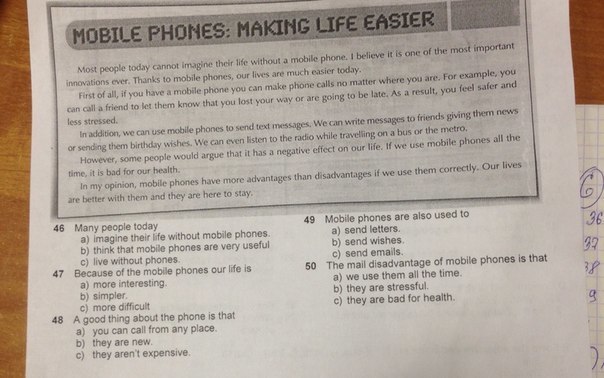 Therefore, it is better to either buy studded tires or change the entire set.
Therefore, it is better to either buy studded tires or change the entire set.
- Do you measure the average stud loss rate on your studded models? It is clear that in the case of ordinary drivers, everything is very conditional and relative, but are there any limits?
- There are no such measurements. But, relatively speaking, if the tire moves linearly at the same moderate speed and without stops, then the studs may not fall out until the tread is worn down to the minimum residual depth.
- How many studs must be left in a tire to keep the tread at least satisfactory?
- A good winter tire that has even lost all its studs may well show satisfactory behavioral characteristics, but the driving style should be much more restrained, since the tire is not able to demonstrate 100 percent of its capabilities.
"A studded winter tire is designed as a complex product in which absolutely all elements matter. It is important to remember your safety: when you remove the anti-skid studs, a winter tire loses about 30 percent of grip on ice.